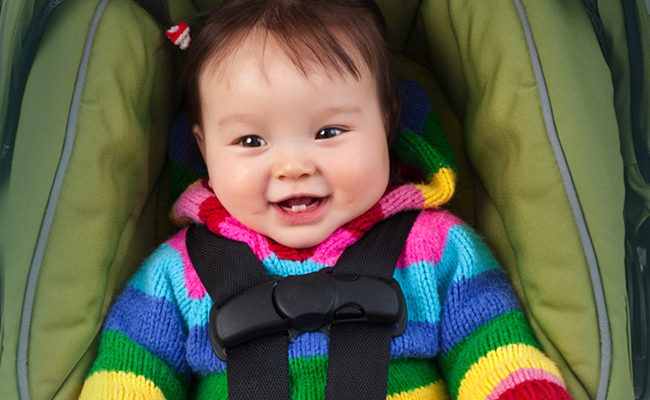Did you know that water makes up about 60 percent of your body’s weight? Although our bodies can survive without food for weeks, the same is not true for water: dehydration can become deadly within days or even hours, depending on temperature and environment.
It’s important to get enough water—the recommended amount is eight 8-ounce glasses—each day. In fact, drinking water is one of the best things you can do for your overall health. Your body needs adequate hydration to regulate temperature, keep joints lubricated, fight infections, deliver nutrients to cells, and keep organs functioning properly. Being well-hydrated also can improve sleep quality, cognition, energy levels, and mood.
Hydration is critical for physical activity—especially in these hot summer months. Sweating due to hot, humid conditions or extreme physical activity is a sure way to become quickly dehydrated. Athletes and those who work outside need to be especially careful to avoid heat injuries including muscle cramps, heat exhaustion, and seizures. If you’re exercising or exerting in a hot environment, make sure to have that water bottle handy and take frequent breaks.
Signs of dehydration
Dehydration means more water is moving out of your body’s cells than into them. As this happens, it’s not just water that you lose. Small amounts of electrolytes critical to cell function and energy, such as sodium and potassium, are lost along with the water.
How can you tell if you, or someone else, is dehydrated? The signs of dehydration differ by age group. Infants and young children may not be able to recognize their need for fluids, so it’s critical to provide frequent fluid intake and keep an eye out for symptoms of dehydration: irritability or lethargy, no tears when crying, no wet diapers for as little as three hours, a dry mouth and tongue, and sunken eyes and cheeks.
For adults, signs of dehydration include fatigue, dizziness, confusion, less-frequent urination, and extreme thirst. For older adults, extreme thirst may not be a symptom of dehydration—they may not feel thirsty but can still be dehydrated.
One of the best ways to tell whether you’re lacking fluids is by the color of your urine. The morning is the best time to get a sense of your hydration status. If your urine is a dark yellow color, rather than light yellow or clear, then you’re dehydrated. On the flip side, the need to urinate throughout the day is a sign that you’re well-hydrated.
Tips for staying hydrated
What’s the best way to stay hydrated? Drinking plain water, of course, can’t be beat. It’s readily available and has zero calories. Don’t like drinking plain water? Add lemons, berries, or orange or cucumber slices to enhance the flavor, or try sparkling water or seltzer.






